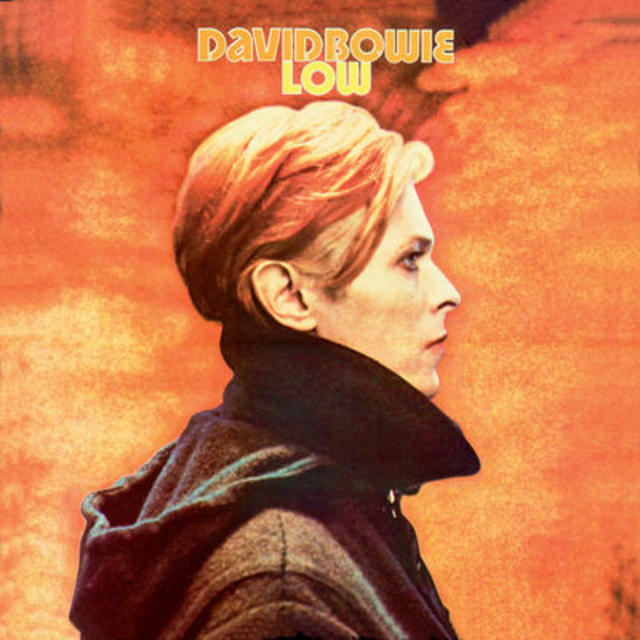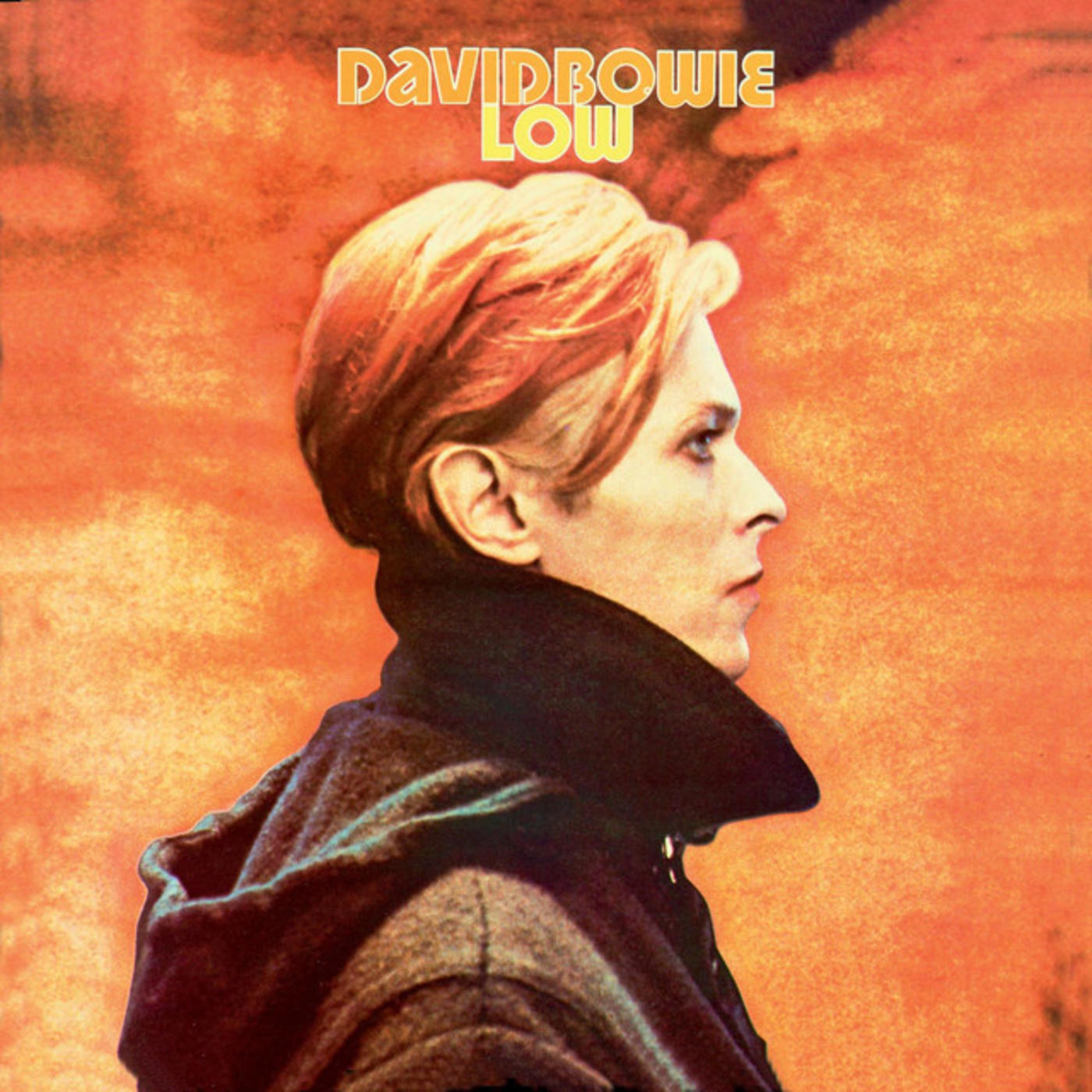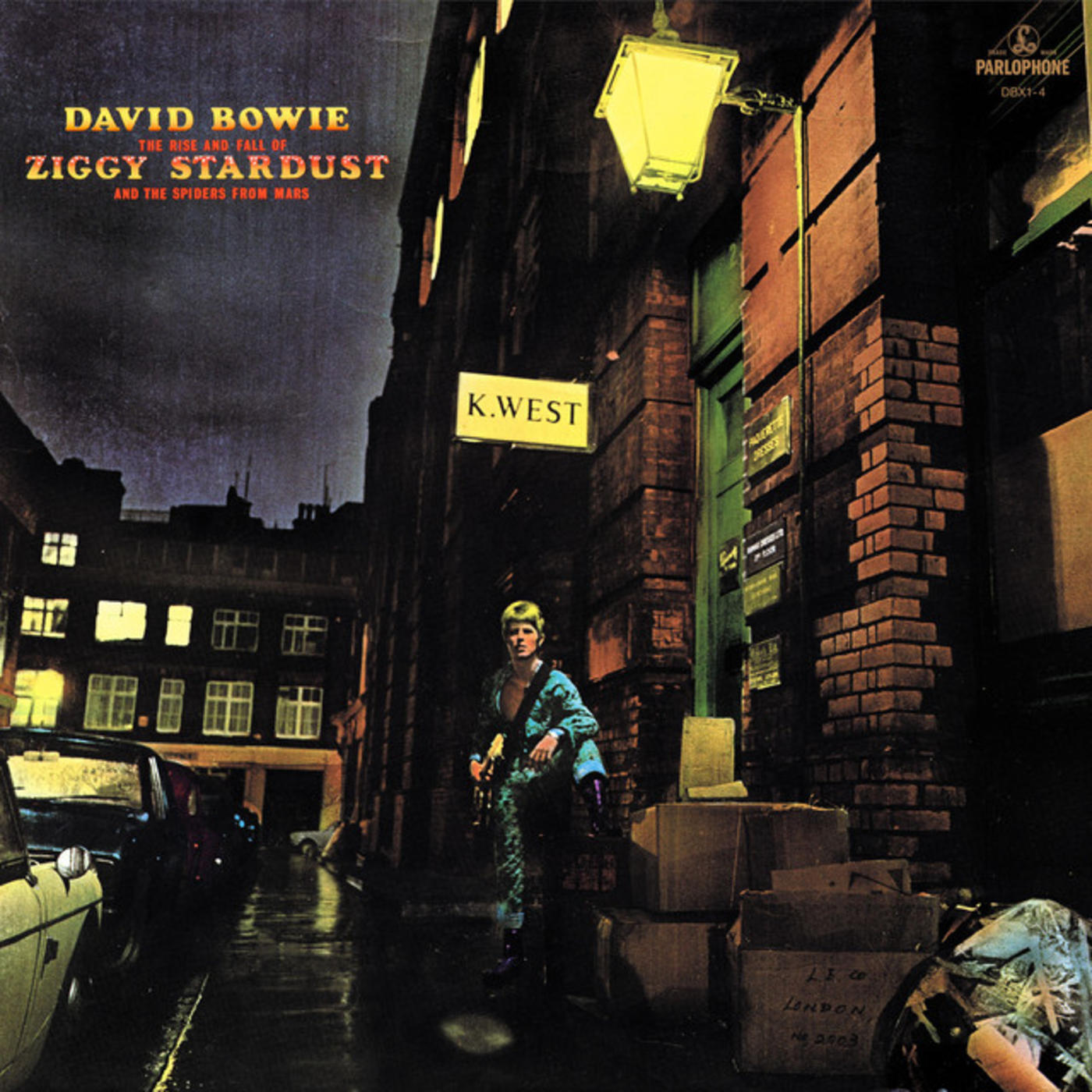Happy 40th: David Bowie, LOW

Tomorrow marks the 40th anniversary of the release of the first chapter in David Bowie’s so-called “Berlin Trilogy,” a series of LPs which, although they threw many listeners at the time, have since gone on to become some of the most critically acclaimed albums in his discography.
Despite the name of the trilogy it kicks off, LOW actually features one song – “Subterraneans” – that was recorded at Cherokee Studios in Los Angeles, along with a few others that were knocked out at the Château d'Hérouville studio in Hérouville, France. Still, the majority of the album’s contents were recorded the Hansa Studio by the Wall in West Berlin, so we’ll allow it.
Co-produced by Bowie and longtime collaborator Tony Visconti, with contributions from buddy Brian Eno, LOW’s origins can be traced back to Bowie’s debut as a leading man in the 1976 film The Man Who Fell to Earth. Bowie recorded music for the soundtrack of the film, but when director Nicolas Roeg opted to go in a different direction, Bowie took what he’d written and utilized certain bits and pieces into the album that would become LOW.
Based on Bowie’s remarks in his 1991 interview with Details, LOW was likely somewhat of a cathartic album for him to make. “There's oodles of pain in the LOW album,” he said. “That was my first attempt to kick cocaine, so that was an awful lot of pain. And I moved to Berlin to do it. I moved out of the coke centre of the world [i.e. Los Angeles, where STATION TO STATION was recorded] into the smack centre of the world. Thankfully, I didn't have a feeling for smack, so it wasn't a threat."
Man, just when you think you can’t miss the guy more, you read a quote like that…
Although the album’s first single, “Sound and Vision,” proved to be a #3 hit in the UK, LOW met with somewhat of a mixed critical response upon its initial release. Thankfully, it didn’t take long for most of those critics to begin reappraising the album’s contents, particularly when it became evident just how far ahead of the curve Bowie had been. Again.


